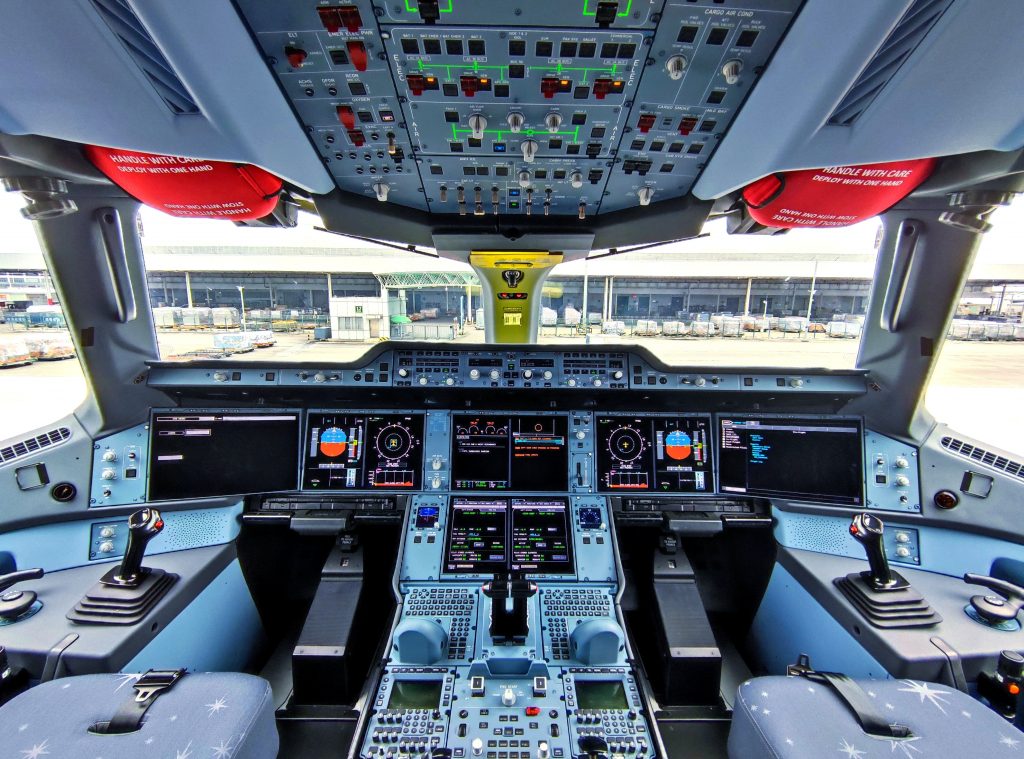


AI may sound like science-fiction, but the fact is that it has already become an integral part of our daily lives. The voices of Siri and Alexa have become all too familiar. These smart assistants rely on speech recognition to be able to conduct a voice search.
Advancement in AI accelerated quickly in the last decade and it is no surprise that AI has also made its way into the aviation industry. Jean-Marc Cluzeau, principal advisor to the European Union Aviation Safety Agency (EASA) executive director, cites three reasons for this accelerated development:
The range of plausible applications of AI in aviation is very wide. It can be used in airport operations to optimise airport capacity and can equally help air navigation service providers (ANSPs) in route optimisation and airspace flow management. Maintenance facilities may use AI to aid them in predictive maintenance by analysing events encountered during service. Perhaps the most challenging development and potentially, the most critical and complex, will be the introduction of AI in the cockpit.
Plausible applications within the cockpit include autonomous flight planning and decision-making assistance. These will require constant input of onboard data and real-time data from the external environment. The most controversial aspect of AI in the cockpit is, however, the single pilot concept. This concept envisages one of the two pilots being replaced by a range of AI driven virtual assistants, taking over monitoring, assistance and decision-making functions.

The challenges are huge and include system accountability, technical robustness, trustworthiness and cybersecurity concerns, human factors, certification issues, and the non-deterministic aspect of AI. The latter refers to the possibility that, for a given input, an AI algorithm may come up with different outputs in different runs, making it less predictable than current automation systems which pilots are used to.
As part of the skill-UP project, the Institute of Aerospace Technologies at the University of Malta is currently designing a short course intended to introduce AI to stakeholders in the aviation industry. The aim of the course is to offer a basic understanding of fundamental AI concepts, explore common AI techniques and algorithms, identify applications of AI within the aviation industry, and raise awareness of the challenges associated with AI. The course is set to target aviation professionals such as, pilots, air traffic controllers, airport operations personnel and drone pilots.
Article written by John De Carlo, B.Eng. (Hons)(Melit.), M.Sc.(Cran.) and Dr. Ing. Jason Gauci | Senior Lecturer, B.Elec.Eng.(Hons), Ph.D.(Cran.) from Institute of Aerospace Technologies at the University of Malta



